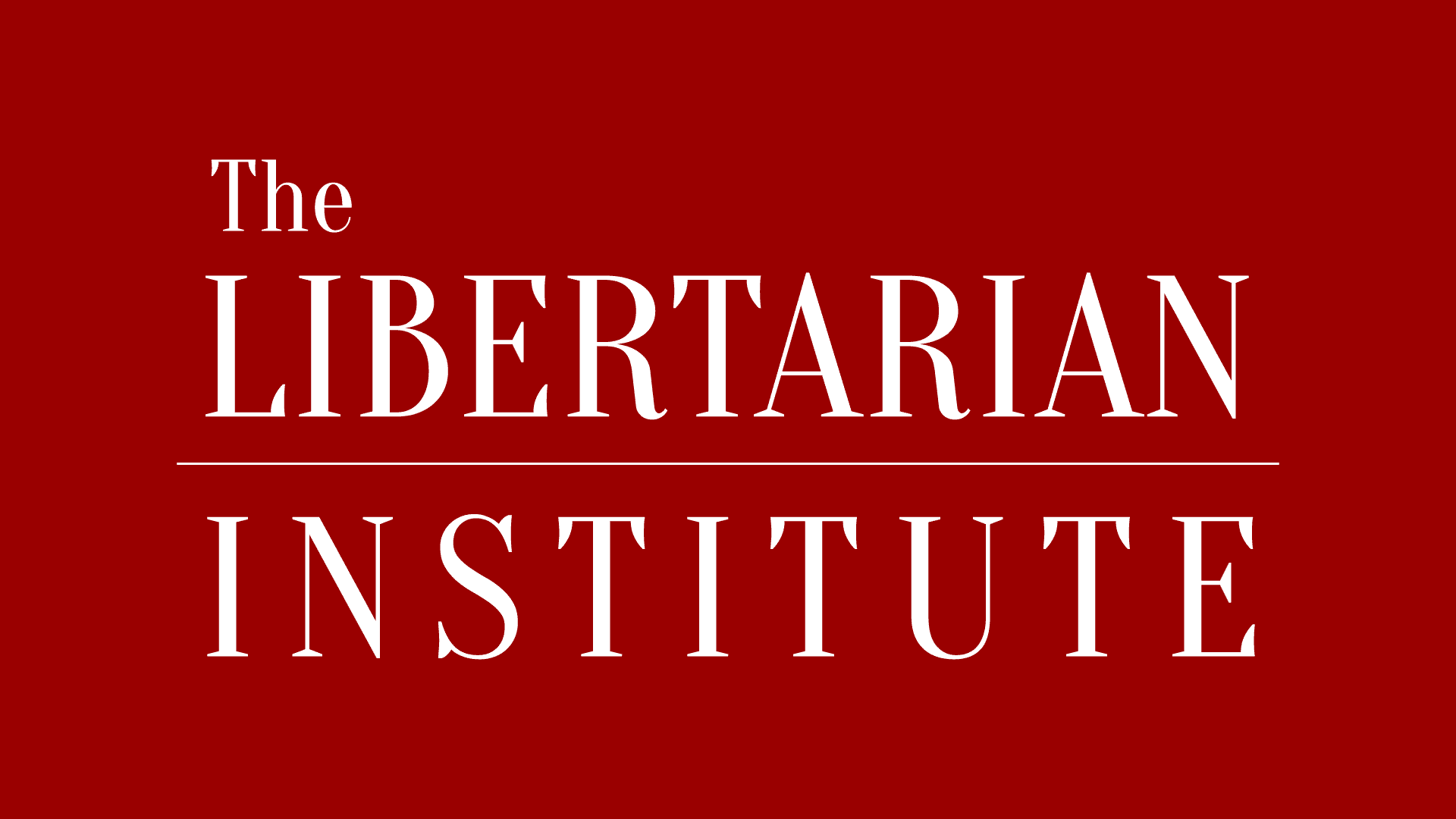By the summer of 1945, it was becoming clear that the Allies would win World War II in the Pacific. But it was also clear that Japan intended to make it a long, ghastly fight.
Some U.S. war planners feared that as many as 300,000 Americans could die in an invasion of the Japanese home islands, where Japan had some 2.5 million regular troops. Japanese civilians, ready to fight with everything from bamboo spears to suicide bombs, prepared themselves with the slogan “A hundred million will die together for the emperor and the nation!” Thousands of planes stood ready for kamikaze missions. Japanese ground troops had already begun mass suicide attacks. Devastating American losses at Iwo Jima and Okinawa, the continuing unwillingness of the Japanese military to consider surrender, and the death each month of thousands of Allied prisoners held by Japan convinced President Harry Truman of the need to use the newly developed atomic bomb to end the war quickly.
On August 6, 1945, a B-29 named the Enola Gay dropped a single atomic bomb on the city of Hiroshima. An intense flash gave way to a huge mushroom cloud that rose over the city, followed by a fireball that destroyed five square miles and resulted in 140,000 deaths. When the Japanese did not surrender, the U.S. dropped a second bomb on Nagasaki on August 9. More than 70,000 people were killed instantly. An additional 75,000 were horribly injured, alerting the world to the nightmare of radiation poisoning.
On August 15, Emperor Hirohito called upon his people to “endure the unendurable” and surrender. In all the Allied countries, people burst forth in an outpouring of unrestrained joy. But with the celebrations came the sobering realization that the world would never be the same again.
from Bill Bennet’s American Patriots Almanac.
Some U.S. war planners feared that as many as 300,000 Americans could die in an invasion of the Japanese home islands, where Japan had some 2.5 million regular troops. Japanese civilians, ready to fight with everything from bamboo spears to suicide bombs, prepared themselves with the slogan “A hundred million will die together for the emperor and the nation!” Thousands of planes stood ready for kamikaze missions. Japanese ground troops had already begun mass suicide attacks. Devastating American losses at Iwo Jima and Okinawa, the continuing unwillingness of the Japanese military to consider surrender, and the death each month of thousands of Allied prisoners held by Japan convinced President Harry Truman of the need to use the newly developed atomic bomb to end the war quickly.
On August 6, 1945, a B-29 named the Enola Gay dropped a single atomic bomb on the city of Hiroshima. An intense flash gave way to a huge mushroom cloud that rose over the city, followed by a fireball that destroyed five square miles and resulted in 140,000 deaths. When the Japanese did not surrender, the U.S. dropped a second bomb on Nagasaki on August 9. More than 70,000 people were killed instantly. An additional 75,000 were horribly injured, alerting the world to the nightmare of radiation poisoning.
On August 15, Emperor Hirohito called upon his people to “endure the unendurable” and surrender. In all the Allied countries, people burst forth in an outpouring of unrestrained joy. But with the celebrations came the sobering realization that the world would never be the same again.
from Bill Bennet’s American Patriots Almanac.






